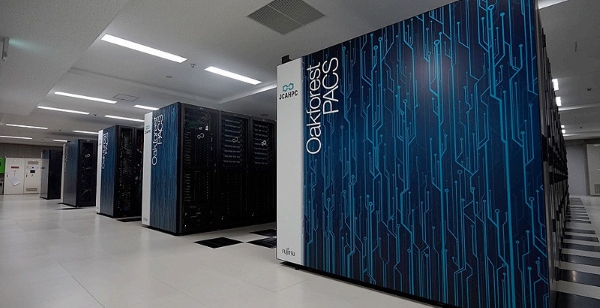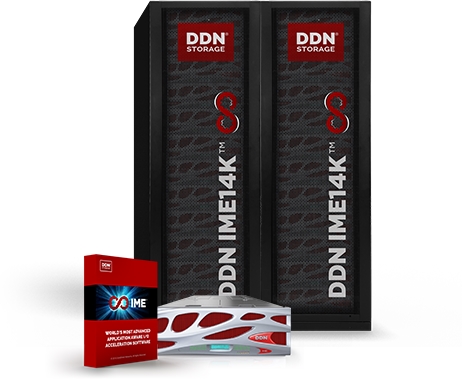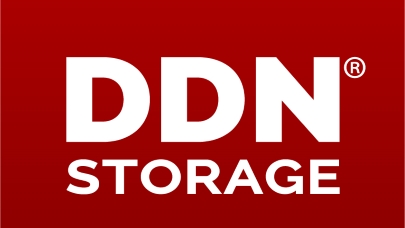
DataDirect Networks (DDN) set a new memory speed record. The company announced that Japan’s highest performance supercomputer (Ranked 6th in the TOP500 list) has achieved effective I/O performance exceeding 1 TB per second using DDN’s Infinite Memory Engine to deliver an ultra-high speed file cache system.
“Storage performance has been one of the biggest challenges in developing supercomputers. To meet the demands for storage performance, IME was introduced to the Oakforest-PACS on a massive scale, the first such introduction in the world,” said Osamu Tatebe, lead, public relations, JCAHPC / professor, Center for Computational Sciences, University of Tsukuba. “We are very pleased that we could achieve effective I/O performance exceeding 1 TB per second in writing tens of thousands of processes to the same file. With this new storage technology, we believe that we will be able to contribute to society with the further development of computational science, big data analysis and machine learning.”
The Oakforest-PACS supercomputer is operated by the Joint Center for Advanced High Performance Computing (JCAHPC), which is run collaboratively by the Information Technology Center at the University of Tokyo and the Center for Computational Sciences at the University of Tsukuba. With resources for joint use, Oakforest-PACS will dramatically advance research and development in a variety of next-generation science and technology fields. It will be used for cutting-edge computational science research, as well as to develop talent in the computational science and high performance computing fields, contributing to the future development of each field.
To measure effective I/O performance, DDN used IOR, the I/O throughput benchmark published by Livermore Computing Center of Lawrence Livermore National Laboratory, and achieved more than 1 TB per second in both I/O access patterns:
- FPP: File Per Process, where parallel processes perform independent file I/O respectively
- SSF: Single Shared File where all parallel processes perform I/O to a single shared file.
Importantly, SSF is an access method that cannot realize sufficient performance with a conventional parallel file system, but is considered an effective access method for the next generation of Exascale supercomputers. With its marks for effective performance across FPP and SSF I/O access patterns, DDN IME has proven its eminence as an I/O system not only for conventional I/O processing, but also for future Exascale supercomputing.
Results of the IOR benchmark are shown below:
| I/O Pattern | Performance |
|---|---|
| FPP Write | 1.14TB per second |
| FPP Read | 1.20TB per second |
| SSF Write | 1.18TB per second |
| SSF Read | 1.25TB per second |
The file system cache of the Oakforest-PACS comprises 25 DDN IME14KX systems. Each DDN IME14KX has 48 x 800GB NVMe SSDs and eight Intel Omni-Path ports. Altogether, the 25 DDN IME14KX systems provide a cache of 960 TB and a logical bandwidth of 1.5 TB per second within a space as small as 100 rack units, which is about 2 ½ data center racks. This is one-tenth to one one-hundredth the amount of equipment required to support other current TB/s file systems.
“We are very excited to work with JCAHPC and Fujitsu Limited on innovative, next-generation flash-based storage technologies for scientific computing and big data, and we regard the Oakforest-PACS project as a true partnership between users and suppliers that will advance the way we think about data and storage in high-performance computing,” said Robert Triendl, senior vice president of global sales, marketing and field services, DDN.
© HPC Today 2024 - All rights reserved.
Thank you for reading HPC Today.
































